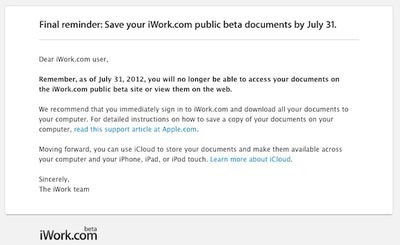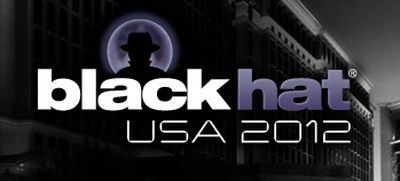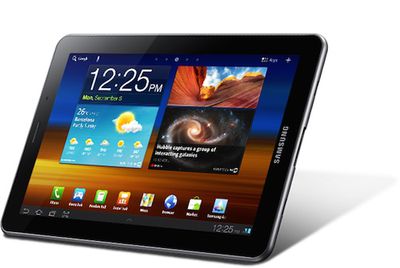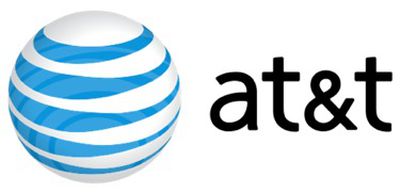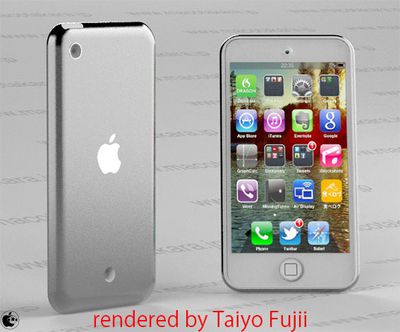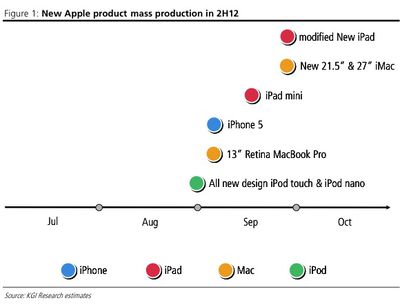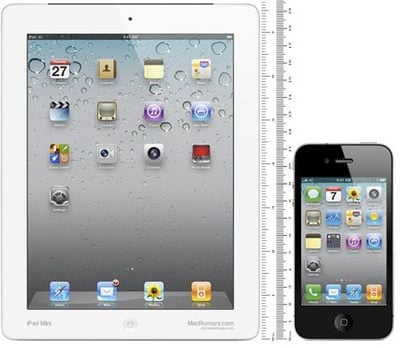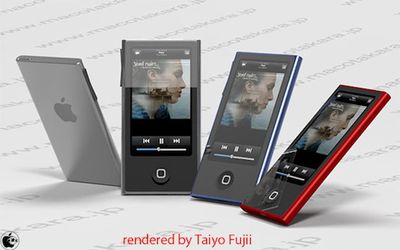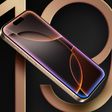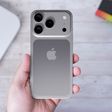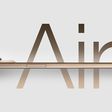![]() Alongside OS X Mountain Lion 10.8, Apple has released the updated version of Safari to OS X Lion (10.7). It is available in OS X Lion's Software Update. According to Apple, the new Safari contains new features, including:
Alongside OS X Mountain Lion 10.8, Apple has released the updated version of Safari to OS X Lion (10.7). It is available in OS X Lion's Software Update. According to Apple, the new Safari contains new features, including:
- Smart Search Field. Safari now has one field for typing both searches and web addresses.
- Offline Reading List. Safari saves entire webpages in your Reading List so you can catch up on your reading even when you don’t have an internet connection.
- Do Not Track. Safari can send the websites you visit a request not to track you online.
- Password pane. Manage your saved website logins with the new Password pane.
- Baidu. The leading Chinese search engine Baidu is now a built-in option for Chinese users.
For more information about Safari, please visit: http://support.apple.com/kb/HT5275
Safari 6 for OS X Lion also includes improvements to stability, compatibility, usability and security, including changes that:
- Make the swipe to navigate gesture work with PDFs.
- Restore the state of Reading List when Safari is launched.
- Fix an issue that affected full screen video in webpages that have positioned content.
- Restore the user's previous cookies after Private Browsing without requiring a Safari relaunch.


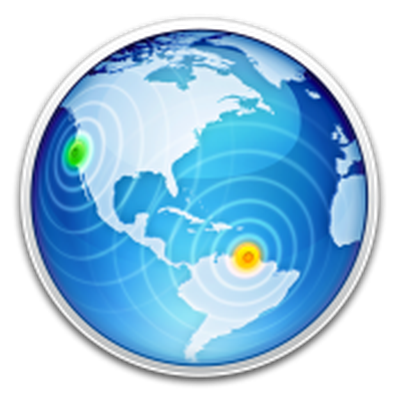 Alongside
Alongside 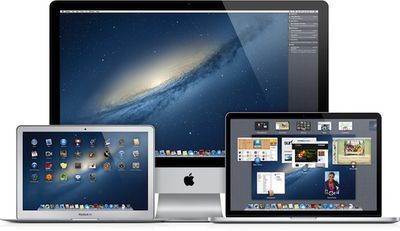
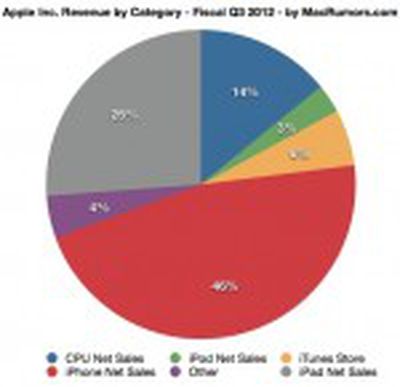
 In Apple's
In Apple's 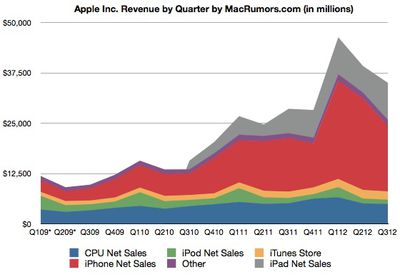
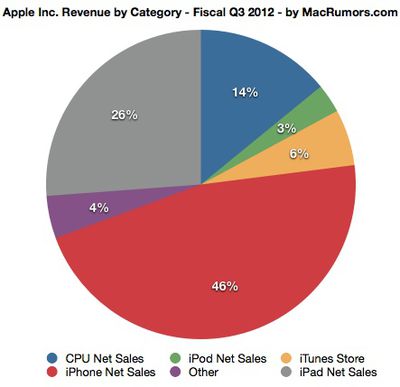
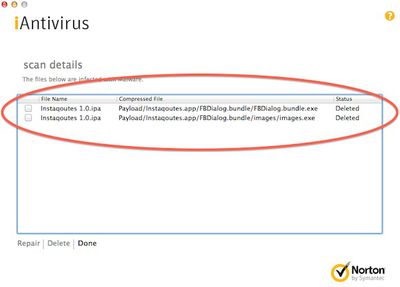 It is unclear exactly how or why the malware came to be included in the App Store package, but it seems almost certain to have been an accidental inclusion. As delivered inside the application package, it appears to pose no harm to Windows users, who would have to decompress the package and manually run the infected file in order to expose themselves to the malware.
It is unclear exactly how or why the malware came to be included in the App Store package, but it seems almost certain to have been an accidental inclusion. As delivered inside the application package, it appears to pose no harm to Windows users, who would have to decompress the package and manually run the infected file in order to expose themselves to the malware.
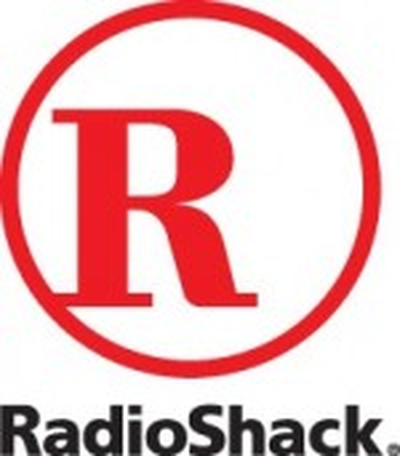 Radio Shack has begun offering "refreshed" and "remanufactured" iPhone 4 and 4S models for a significant discount. The iPhone 4S is available from Radio Shack on AT&T and Verizon starting for $99.99 with a two-year contract, and the iPhone 4 on the same carriers for free.
Radio Shack has begun offering "refreshed" and "remanufactured" iPhone 4 and 4S models for a significant discount. The iPhone 4S is available from Radio Shack on AT&T and Verizon starting for $99.99 with a two-year contract, and the iPhone 4 on the same carriers for free.